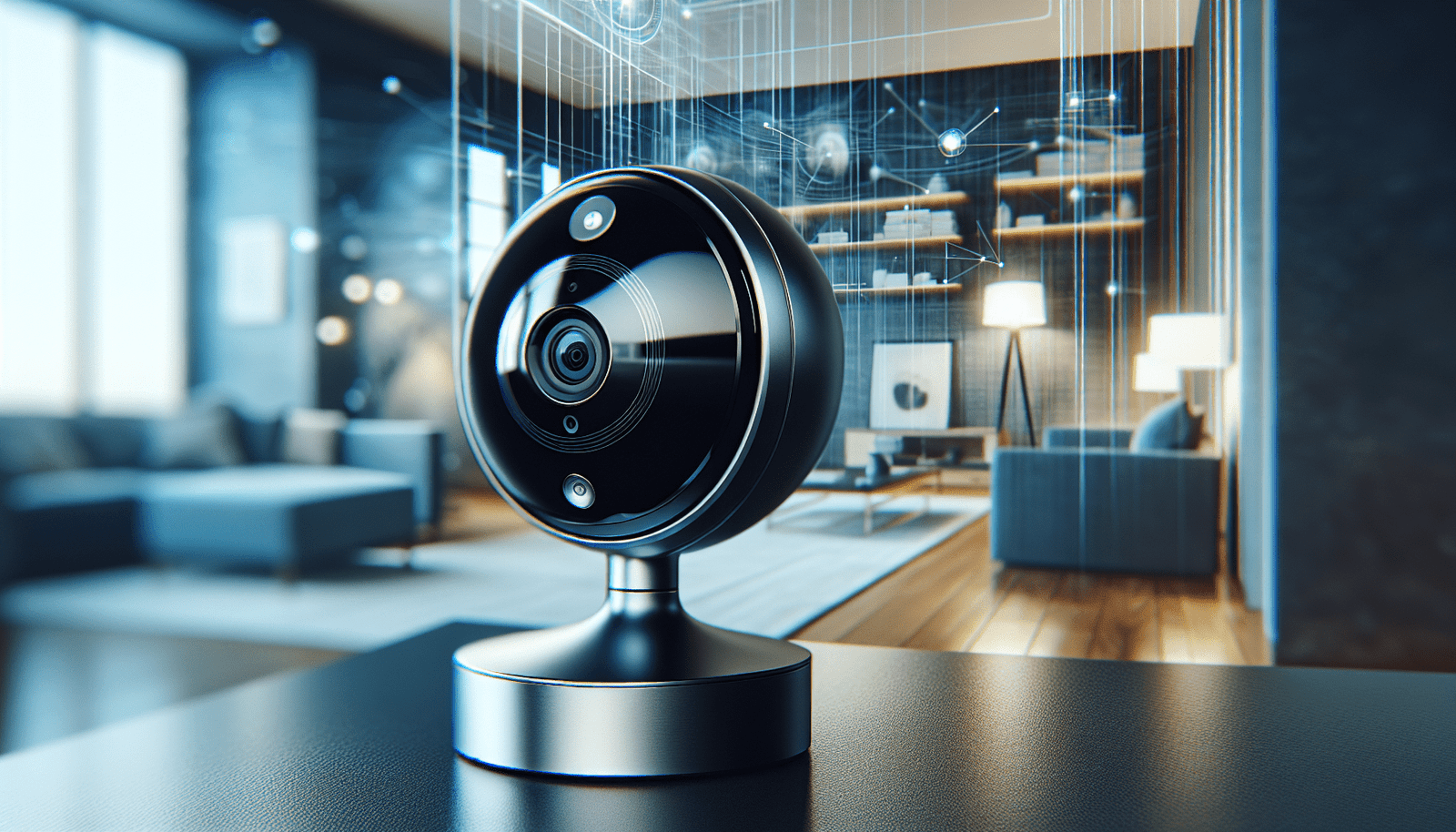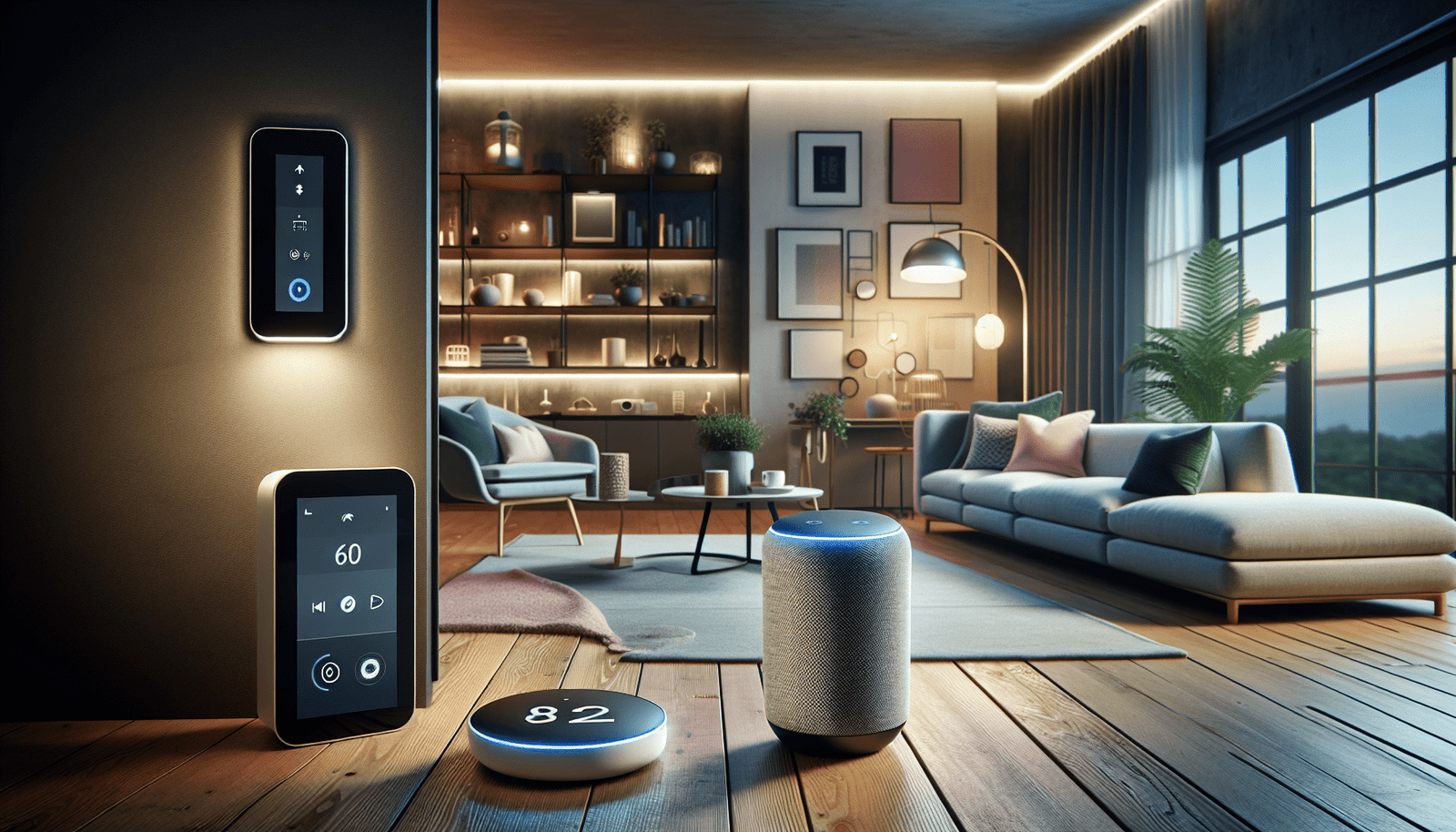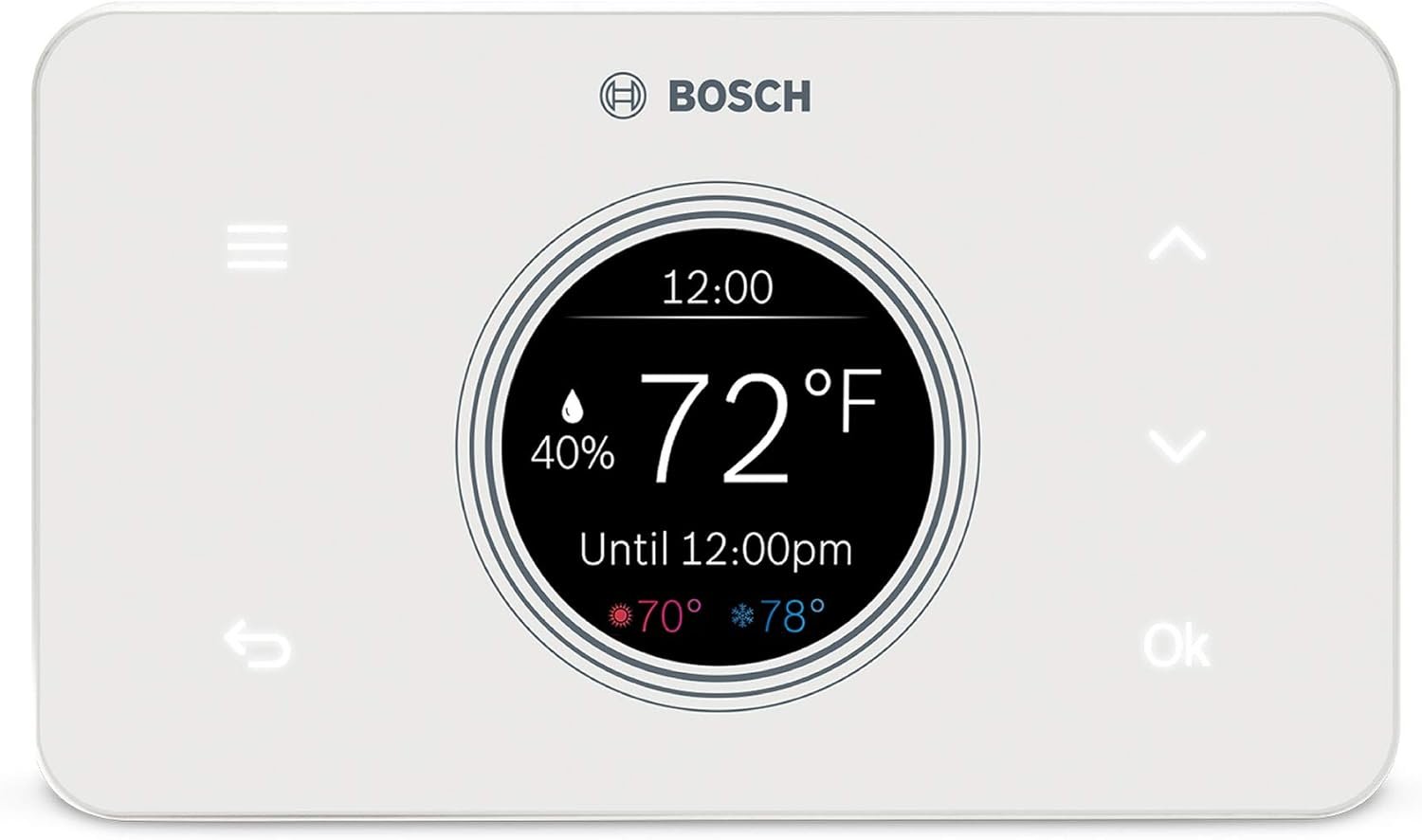Have you ever considered how smart home technology could transform the security of your living space? With the advent of smart home devices, securing your house has become more advanced, customizable, and accessible than ever before. The realm of smart home security offers a myriad of devices designed to enhance the safety and security of your home while providing ease and convenience.
Understanding Smart Home Security Devices
In today’s tech-driven world, smart home security devices go beyond traditional locks and alarms. These cutting-edge devices integrate seamlessly with your home network to provide real-time monitoring, control, and alerts, all at your fingertips. Before diving into the specifics of what’s out there, let’s discuss what constitutes smart home technology and why it might be a worthy investment for your home.
What Is Smart Home Technology?
At its core, smart home technology refers to the integration of internet-connected devices into your home that can be controlled remotely or through automation. These devices can range from lighting systems and thermostats to security cameras and locks, all functioning to create a more efficient and secure home environment. The key benefit of these devices is the ability to manage them from your smartphone or via voice commands, offering unprecedented convenience and control.
Why Consider Smart Home Security?
Smart home security devices not only provide protection but also offer peace of mind. They can alert you to any unusual activity, allow you to monitor your property even when you’re miles away, and provide detailed logs of events. In addition, these devices can often be integrated with other smart home systems, creating a cohesive and streamlined home management system. It’s about creating a safer, more responsive home environment that meets your specific needs.
Types of Smart Home Security Devices
There are several categories of smart home security devices designed to cater to different aspects of home security. Knowing what’s available can help you choose the right elements to implement in your home setup.
Smart Security Cameras
Smart security cameras are among the most popular choices for homeowners looking to expand their security system. These cameras can be placed both indoors and outdoors, allowing for constant surveillance of key areas around your property.
Features of Smart Security Cameras:
- Remote Access: View live camera footage from your smartphone or device anywhere in the world.
- Motion Detection: Receive alerts when movement is detected within a set perimeter.
- HD Video Quality: Get high-definition video feeds with options ranging from 720p to 4K.
- Night Vision: Monitor your surroundings even in complete darkness.
- Two-way Audio: Communicate with visitors or potential intruders through built-in speakers and microphones.
Smart Locks
Smart locks replace traditional keys with digital solutions, making it easier to manage access to your home.
Features of Smart Locks:
- Keyless Entry: Use a PIN code, smartphone app, or biometrics to unlock your doors.
- Guest Access: Grant temporary access codes to visitors or service personnel.
- Activity Log: Track who enters and exits your home, along with time stamps.
- Auto-Lock and Unlock: Set your doors to lock or unlock automatically as you come and go.
Smart Doorbells
Smart doorbells add a layer of security to your entryway by combining the functions of a doorbell and security camera.
Features of Smart Doorbells:
- Video Monitoring: See who’s at your door, with a live video feed directly to your device.
- Motion Alerts: Receive alerts when someone approaches your door.
- Two-way Communication: Speak with visitors without opening the door.
- Cloud Storage: Store video footage in the cloud for later review.
Smart Sensors
Smart sensors can be placed around your home to detect environmental changes, providing early warnings for potential issues.
Types of Smart Sensors:
- Motion Sensors: Detect movement in specific areas.
- Glass Break Sensors: Alert you to the sound of breaking glass, a common sign of forced entry.
- Smoke and CO Detectors: Send alerts to your phone if smoke or carbon monoxide is detected.
- Water Leak Sensors: Warn you about leaks or flooding, preventing water damage.
Smart Alarms and Sirens
Smart alarms not only deter intruders but also alert you and your neighbors if an incident occurs.
Features of Smart Alarms:
- Remote Access: Enable or disable alarms from your smartphone.
- Customizable: Set specific triggers for alarms and notifications.
- Integration: Sync with other smart home devices for a comprehensive security system.
Smart Lighting
Smart lighting contributes to home security by simulating presence and deterring intruders.
Features of Smart Lighting:
- Automated Schedules: Program lights to turn on/off at specific times.
- Remote Control: Manage lights from your smartphone.
- Integration: Pair with motion sensors to light pathways automatically when someone approaches.
Smart Security Hubs
Security hubs act as the control center for all your smart security devices, ensuring they work together seamlessly.
Features of Smart Security Hubs:
- Centralized Control: Manage multiple devices from one app or device.
- Connectivity: Ensure compatibility between devices, providing a single interface.
- Voice Assistance: Integrate with voice assistants like Amazon Alexa or Google Assistant for hands-free control.
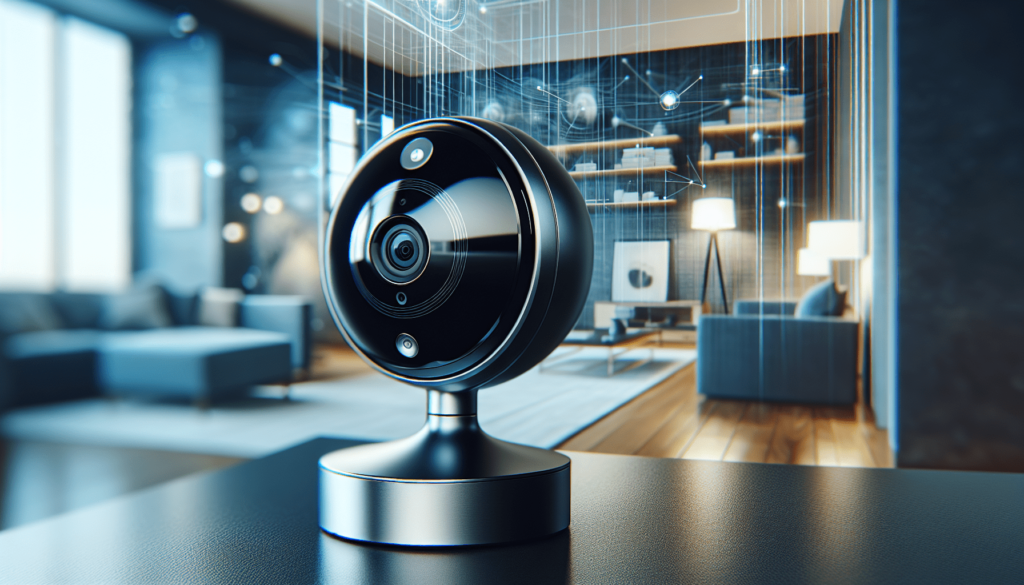
Cost and Value Considerations
When considering the investment in smart home security devices, it’s important to weigh installation costs against potential benefits and savings. Initial costs can vary greatly depending on the brand, features, and integration level of the devices you choose.
Installation Costs
Some smart devices are designed for easy DIY installation, reducing the need for professional help. For more complex systems, however, you might need to factor in the cost of hiring a professional installer, particularly if you’re concerned about proper setup and configuration.
Long-term Savings
Smart security devices can offer long-term financial benefits through potential discounts on home insurance and by reducing the likelihood of costly break-ins. Additionally, many devices can help improve energy efficiency, such as smart lighting and thermostats, contributing to lower utility bills.
Return on Investment
Investing in smart home security can significantly boost your property’s value, an attractive prospect for both homeowners and real estate investors. Security features are often viewed as desirable by potential buyers, meaning you could see a return on investment if you decide to sell your home.
Compatibility and Connectivity
Before purchasing smart security devices, it’s crucial to understand their compatibility with your existing smart home ecosystem or plans for future expansion.
Device and Ecosystem Compatibility
Not all smart devices are compatible with every system or hub. It’s important to ensure that your devices will work together and can be operated from a central management system. Seeking out products that adhere to universal protocols like Z-Wave or Zigbee can improve compatibility across different brands.
Platform Compatibility
Consider how your devices integrate with major platforms such as Amazon Alexa, Google Assistant, or Apple HomeKit. Ensuring that your devices are compatible with these platforms can make it easier to control everything through voice commands or a unified app.
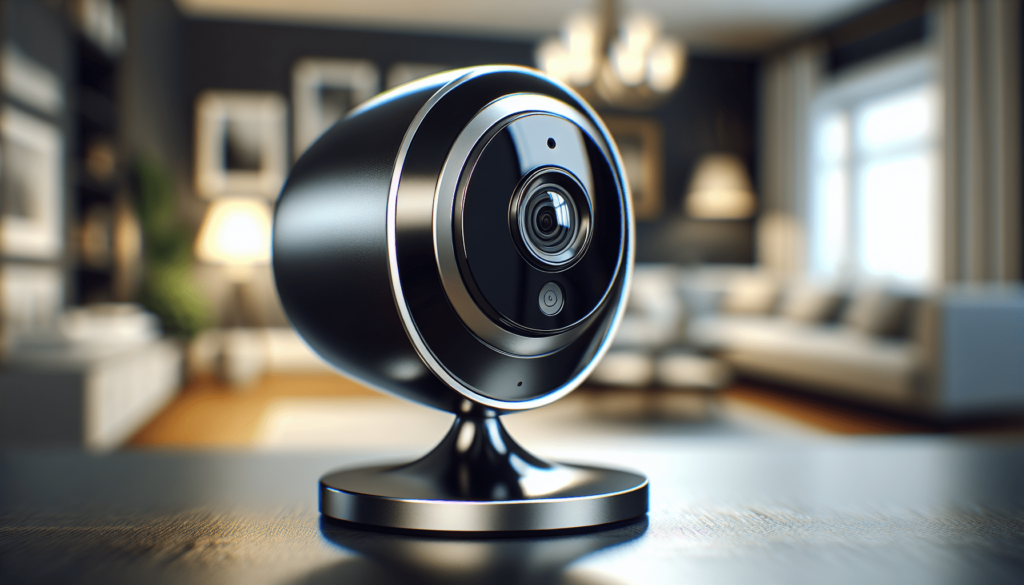
Security and Privacy Factors
A primary concern with smart home devices is their impact on security and privacy. Here’s what you need to know to safeguard your home and personal information.
Potential Risks and Vulnerabilities
Smart devices, like any internet-connected technology, can be vulnerable to hacking or cyber-attacks. Ensuring your network and devices are secured with strong, unique passwords and regularly updated firmware can help mitigate these risks.
Privacy Measures
Look for devices that offer robust security settings and privacy controls. Features like end-to-end encryption, two-factor authentication, and customizable privacy zones can provide additional layers of protection against unwanted access and data breaches.
Energy Efficiency and Sustainability
Smart home devices can contribute to energy efficiency and sustainability by optimizing how and when you use energy.
Reducing Energy Consumption
Devices like smart thermostats, lighting systems, and even energy-efficient appliances can help you manage energy use, reducing waste and lowering utility bills. Automation capabilities let you set devices to operate only when needed, conserving energy.
Environmental Impact
Choosing energy-efficient smart devices can also lessen your environmental footprint. Many devices are designed with sustainability in mind, using environmentally friendly materials and reducing reliance on non-renewable energy resources.
Future-Proofing and Innovation
The field of smart home technology is continually evolving, with new advancements and trends emerging regularly.
Emerging Trends
Keep an eye on developing trends like AI integration for more personalized automation, enhanced interconnectivity between devices for seamless operability, and expansion in the IoT space for more device options and functionalities.
Investing in the Future
Opting for devices from forward-thinking brands known for regular updates and innovation can help ensure your setup remains relevant and functional as technology advances.
Making Informed Decisions for Your Smart Home
With numerous smart home security devices available, the key is finding a setup that aligns with your lifestyle, security needs, and budgetary considerations. Take the time to research and select devices that offer the compatibility, features, and security you require. By carefully planning your smart home ecosystem, you can create a safe, efficient, and future-ready environment for you and your family.
